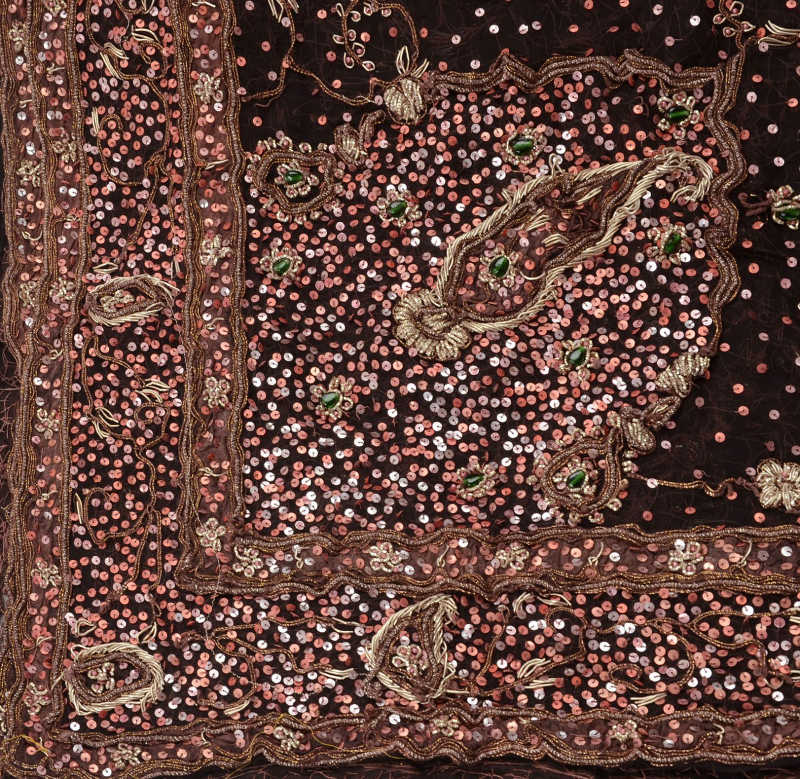===
0944,
1
===

=== |
 |
naqsh-o-nigār : 'Decoration, embellishment; —designs; decorations, ornaments; —paintings, pictures'. (Platts p.1145)
naqsh : 'Painting; colouring; drawing; designing, &c.; —delineation; —embroidery; —a painting, a picture; portrait; drawing; a print; a carving, an engraving; a map, or plan ... ; a design; —an impression; a stamp; a mark'. (Platts p.1145)
nigār : 'A picture, painting, portrait, effigy; an idol'. (Platts p.1150)
kuchh : 'Something, somewhat, anything, aught; some, any; a little, a few; ever so little; whatever; in any manner or degree'. (Platts p.819)
ṣūrat : 'Form, fashion, figure, shape, semblance, guise; appearance, aspect; face, countenance; prospect, probability; sign, indication; external state (of a thing); state, condition (of a thing), case, predicament, circumstance; effigy, image, statue, picture, portrait; plan, sketch; mental image, idea; —species; specific character, essence'. (Platts p.747)
ětibār : 'Confidence, trust, reliance, faith, belief; respect, esteem, repute; credit, authority, credibility; weight, importance; regard, respect, view, consideration, reference'. (Platts p.60)
FWP:
SETS == A,B; EK; GENERATORS; PARALLELISM
MOTIFS == PICTURE
NAMES
TERMS == AFFINITY; AMBIGUITY; THEMEThis verse is just marvelously equipped to create ambiguity of every possible kind, and Mir has made excellent use of the available opportunities. Here are its main ambiguity-facilitating features:
(1) A very short meter, so that there's not much space for explanation or clarification in any case.
(2) A very long refrain, so that the space is further reduced.
(3) The form of an opening-verse, with its doubled refrain, so that still less space remains.
(4) Parallelism of structure between the two lines, which are 'A,B' as well. Thus we must decide: what is the relationship of the two lines to each other? Do they invite us to consider one situation described in two ways, or two similar situations, or two contrasted situations?
(5) The use of the little word ik , with its multiple possibilities-- they can range from the limiting ('single') through the specifying ('particular') to the laudatory ('unique, excellent'). The choice the reader makes among these will obviously be central to the tone, and the whole interpretation, of the verse.
(6) The use of nothing but extraordinarily broad nouns with multiple meanings (see the definitions above). My favorite is ṣūrat , which can mean things from the physical ('face') to the metaphorical ('aspect'), and from the adventitious ('semblance, guise') to the essential ('essence'). But ětibār is a close runner-up, since it can refer to subjective states in a judgment-maker's mind ('confidence, trust'), or to qualities attributed to an object of judgment ('authority, importance'), or to a neutral process of discussion ('consideration, reference').
(7) The blurring effect of sā hai kuchh . Whatever we're talking about is not an X, but something 'X-ish', something 'somewhat like' an X. As SRF notes, such fuzziness could be a quality of observation from a distance, but it could also be a firm assertion of analogical imperfection-- perhaps the speaker sees the thing quite clearly, and clearly describes it as somewhat (but not entirely) resembling an X.
(8) And kuchh should also be thrown into the ambiguity mix, in its own right. For it can mean a nominal 'something' ('Y is something that is X-ish'), or the adverbial 'in any manner or degree' ('Y is somewhat/somehow X-ish').
This is the recipe. Combine all these ingredients in a large mixing bowl like your head, and stir them around as much as you wish, and the resulting batter will make a different, interesting, thought-provoking cake every single time. Mir was, after all, a master chef.